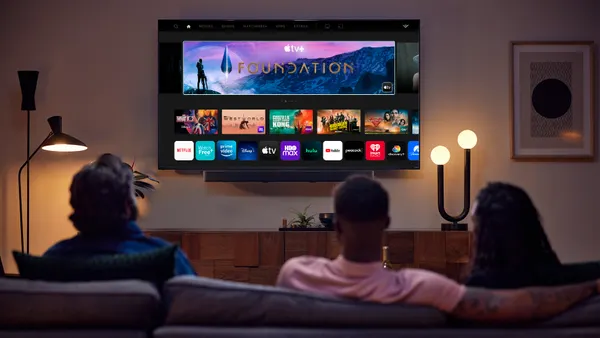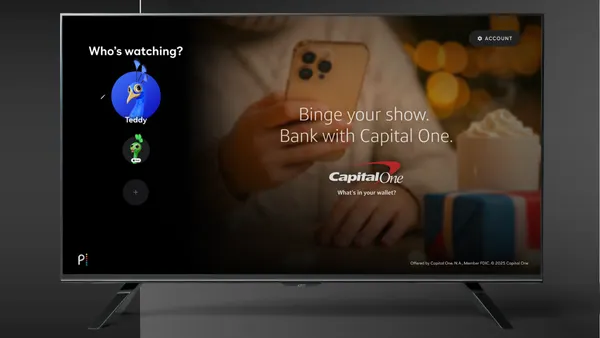Programmatic ad buying is widespread – and even though this type of advertising is gaining traction, it’s still also somewhat misunderstood.
A study from Circle Research and commissioned by AppNexus, WARC DDMAlliance and IAB Europe found 63% of respondents reported that by 2020 having working knowledge of programmatic ads will be a crucial advantage to have, but that figure is in contrast with the 44% who reported having little or no understanding of how programmatic works.
Meanwhile, research from Dun & Bradstreet found 54% of surveyed B2B marketers report buying programmatic ads, and 65% intend to increase their programmatic budget in 2016. An AppNexus report, Reaching Full Potential, found the overall programmatic market will grow by 111% over the next three years. A report from the Interactive Advertising Bureau found online programmatic display revenue in 2014 was $10.1 billion, accounting for 20% of overall ad revenues with banner ads making up 80% of programmatic advertising.
What is programmatic?
Programmatic means automated. Ryan Bowermaster, VP of Product for Blab, told Marketing Dive, “Programmatic simply means that if you had to push a button 20 times a day to do your job, now you can push it once and have the output come to your desk automatically at set intervals 20 times a day. It doesn't mean that you don't have to read and interpret the output and make intelligent decisions, it just means that now you have more data, faster, cheaper to make those decisions from.”
Programmatic ads are any ad buy that is processed through machines, such as computer-run auctions, and include six basic deal types:
- Open marketplace RTB (real-time bidding)
- Private marketplace (PMP)
- Private marketplace guaranteed (PMPG)
- Automated guaranteed (AG)
- Automated performance (AP)
- Spot buying
Each programmatic deal type involves different size markets and metrics used to measure ad performance.
Eric Bosco, CEO of programmatic ad firm ChoiceStream, explained uses of programmatic advertising, telling Marketing Dive, some of the numerous uses include restricting the number of times a visitor a website is shown a specific ad. Programmatic also allows marketers to use geo-targeting to reach customers within a set radius, leverage cross-channel media, tailor messaging based on different channels used, and create personalized campaigns through dynamic and creative messaging.
“Marketers can use programmatic buying to reach their audience across display, video, mobile and native and across multiple devices,” Bosco said. “Using the real-time insights generated from your programmatic buy, marketers can evaluate what's working best -- which geographies, times of day, audience segments, publishers -- to narrow their target accordingly, so they're paying only for highly effective ads. Marketers will also gain insight into who is actually converting and if that isn’t their target audience, the ability to discover new and undiscovered audiences.”
Trust and performance around programmatic
One caveat the Circle Research report uncovered was an issue with trust and transparency with programmatic ads.
The research found that only 15% of respondents said they associated programmatic with the word “trusted.” This low number can be attributed to an overall lack of transparency in programmatic ads including ad fraud, and an issue with marketers not knowing where their ads will show up creating concern they might appear on undesirable sites. The research found another transparency issue around performance with only 14% of advertisers reporting confidence in knowing how the campaigns perform.
Bosco, however, urges marketers should look beyond viewability and concerns about fraud when considering programmatic performance.
“One of the most important things marketers need to think about when dealing with programmatic is whether what they are spending their money on is providing results that will move the needle,” he said. “Today, too many marketers get caught up worrying about things like ad viewability and traffic fraud when they should be focused on conversion rates and results. To maximize programmatic, and to get the results you are looking for, marketers should put their energy into making sure they are hitting a qualified audience. Hitting the right consumers at the right time is essential to a campaign’s success.”












